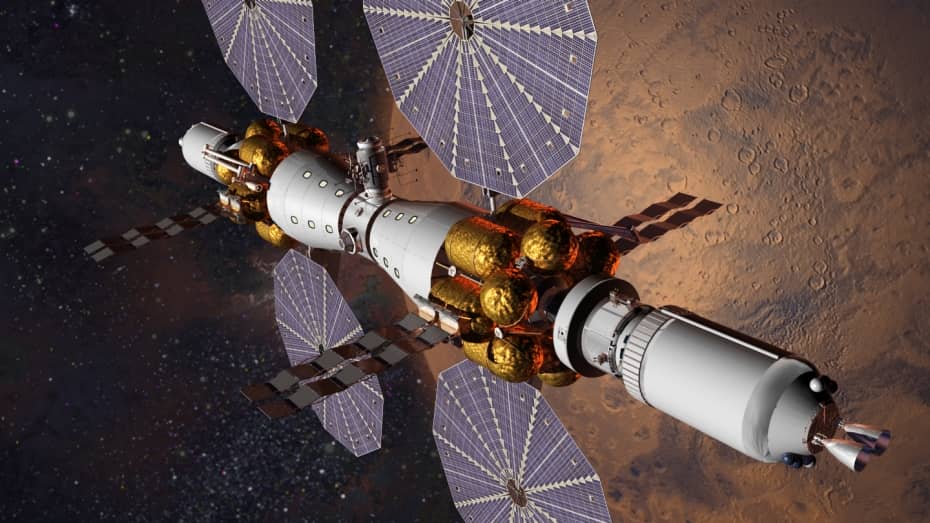A few crazy people in the world still feel the need to argue that the earth is flat while others make attempts to reach outer space. The world seems to be in a space race where about a dozen startups are trying to get to space, for one reason or another. While Space X delivers cargo to ISS, tests reusable rocks, and plans to fly citizens to the moon, Lockheed Martin intends to set a manned Mars Base Camp, that too in the next 11 years.
The Mars Base Camp will not be set up on the rocky red surface of the planet. Instead, it will be a science laboratory orbiting Mars that can perform exploration on the surface to analyze Martian surface, its rocks, and its soil. The goal is to find an ideal place for humans to land by 2030.
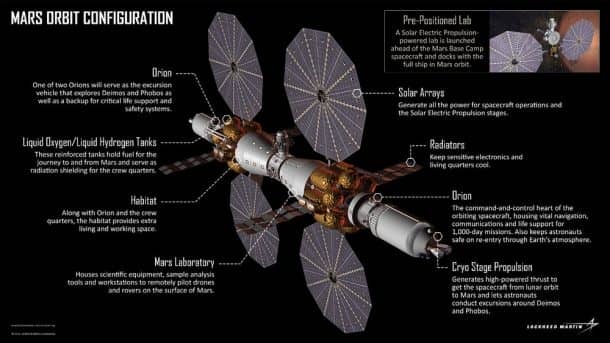
The Lockheed Martin Mars mission is designed to be led by NASA to support its journey to Mars. As the mission plans, there will be humans up there on the Mars Base Camp who will be conducting real-time research on the Martian soil. The company has laid out a technology roadmap, that shows that the Mars mission is possible with the existing technology. The company enlists Orion, Space Launch System, Deep Space Habitats, and Solar Electric Propulsion as the technologies that will be responsible for the mission.
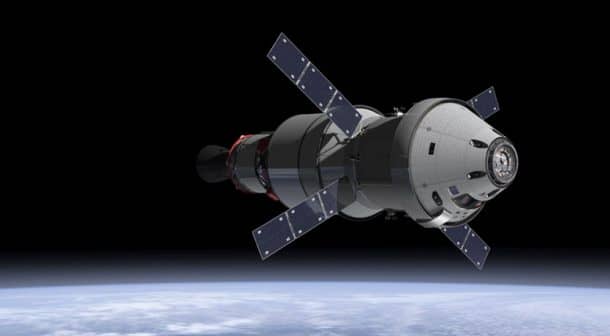
Source: NASA
The mission will begin by putting the components in the orbit between Earth and Moon. These components will be delivered to the orbit by a massive 322-foot Space Launch System, which will be the biggest rocket that has ever been built. The SLS packs super heavy lift launch capabilities that will get all the components off of the ground and into space. Some of these components will be assembled in orbit, while some others will make their way directly to Martian orbit using solar electric propulsion. This technology uses solar energy to ionize xenon propulsion creating plasma generating 10 times the thrust of a conventional chemical rocket using the same quantity of fuel.
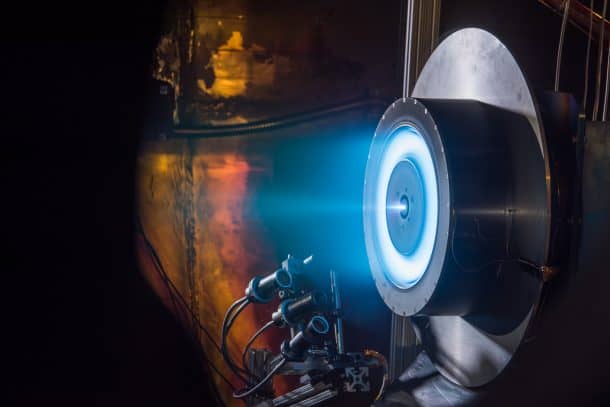
Source: NASA
According to the plan, all of this is supposed to be prepared by 2028 for a manned mission to which the Orion spacecraft attached with the SLS rockets will carry six astronauts the Mars Base Camp. One of the two spacecraft will make its way to the space station, but the other one will first explore two moons of Saturn Deimos and Phobos and then go to base camp. Once both the craft reach the base camp and the station is manned and fully assembled, analysis and research on the Martian surface will begin to hunt for the ideal landing spot for the manned mission planned for 2030.
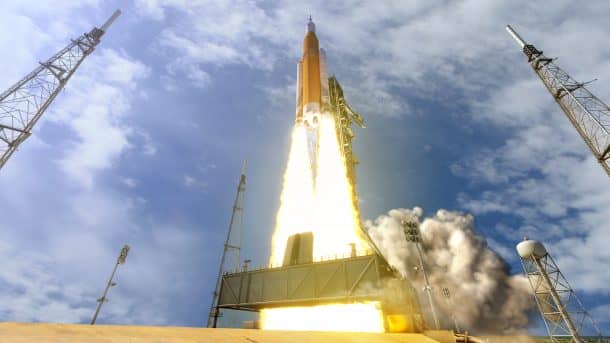
Source: NASA
The Mars Base Camp will be different from the International space station, as most of its operation will be un-crewed so it needs to be as automated as possible to rely wholly on its own systems. The station will be equipped with the capabilities of the Orion like radiation protection, communication systems, navigation, and critical life support. The Orion craft holds the capacity to support the mission for up to 1000 days, but the Mars Base Camp will require accommodating crew for no more than 60 days. On the completion of the mission, the crew will return to Earth on the Orion capsules which will provide protection on re-entry.
The first time the world was amazed by space technology was almost 50 years ago when the first human landed on the moon. The Mars Base Camp mission is the next one that is destined to amaze humanity provided it is successful. Once it is, we might be exploring the possibility of inhabiting other planets.

